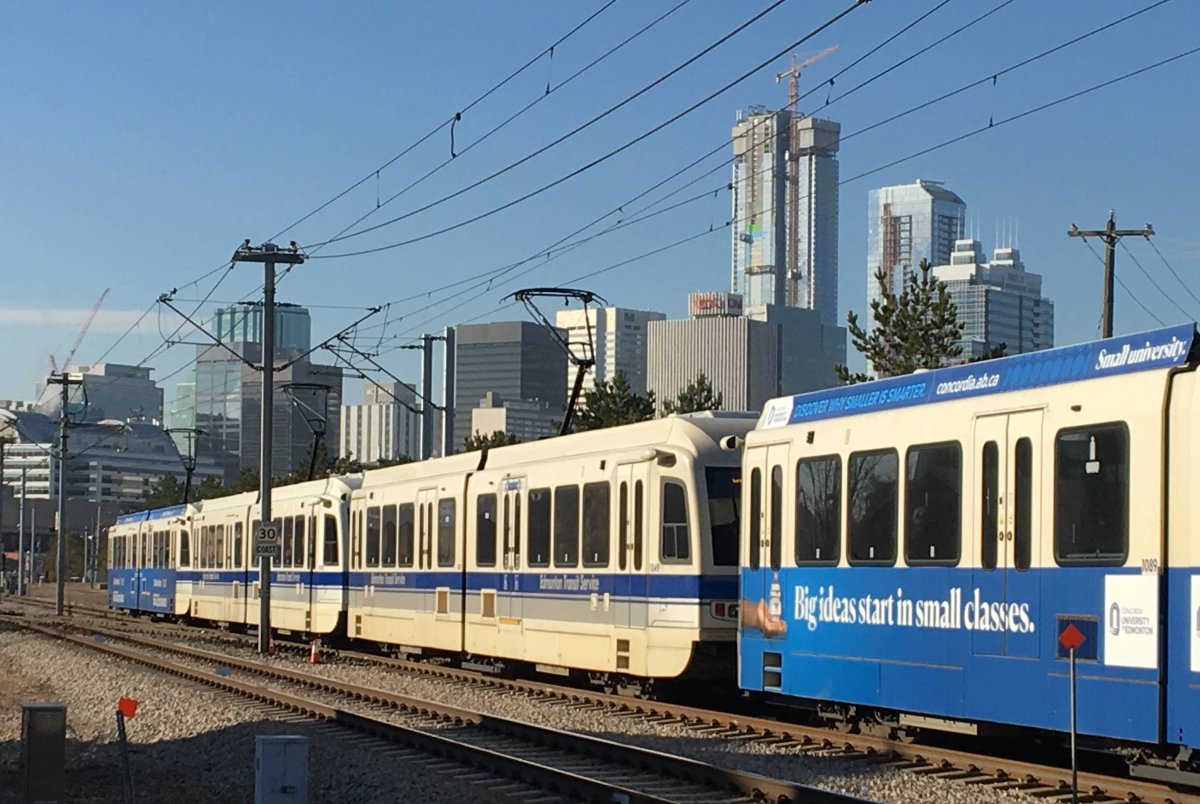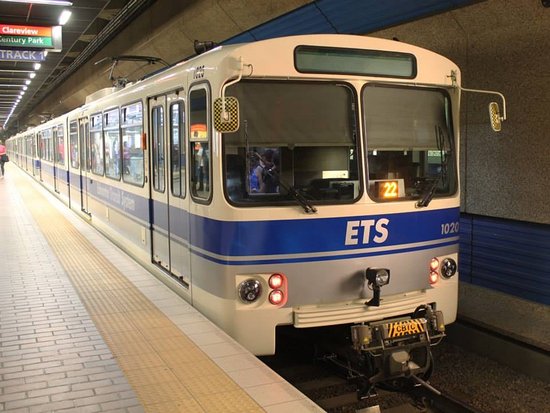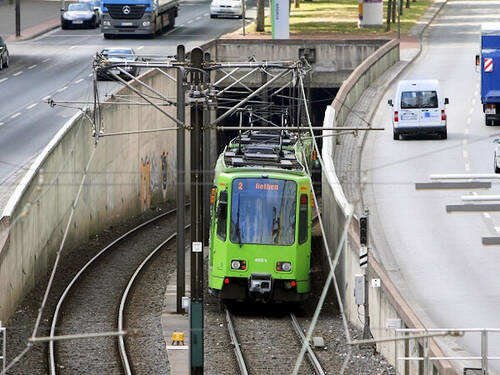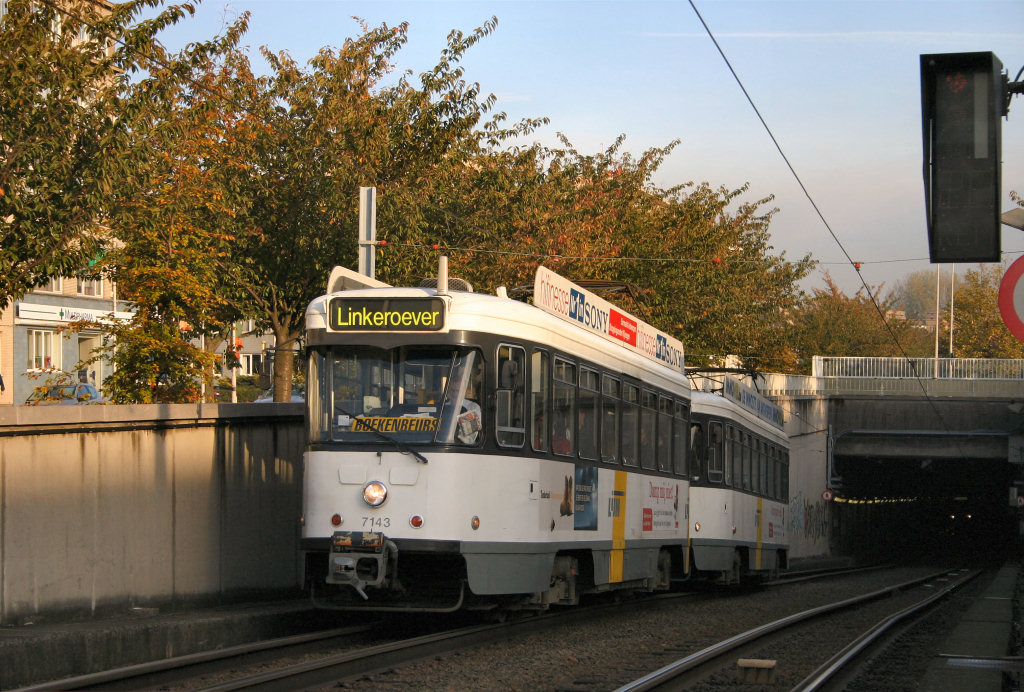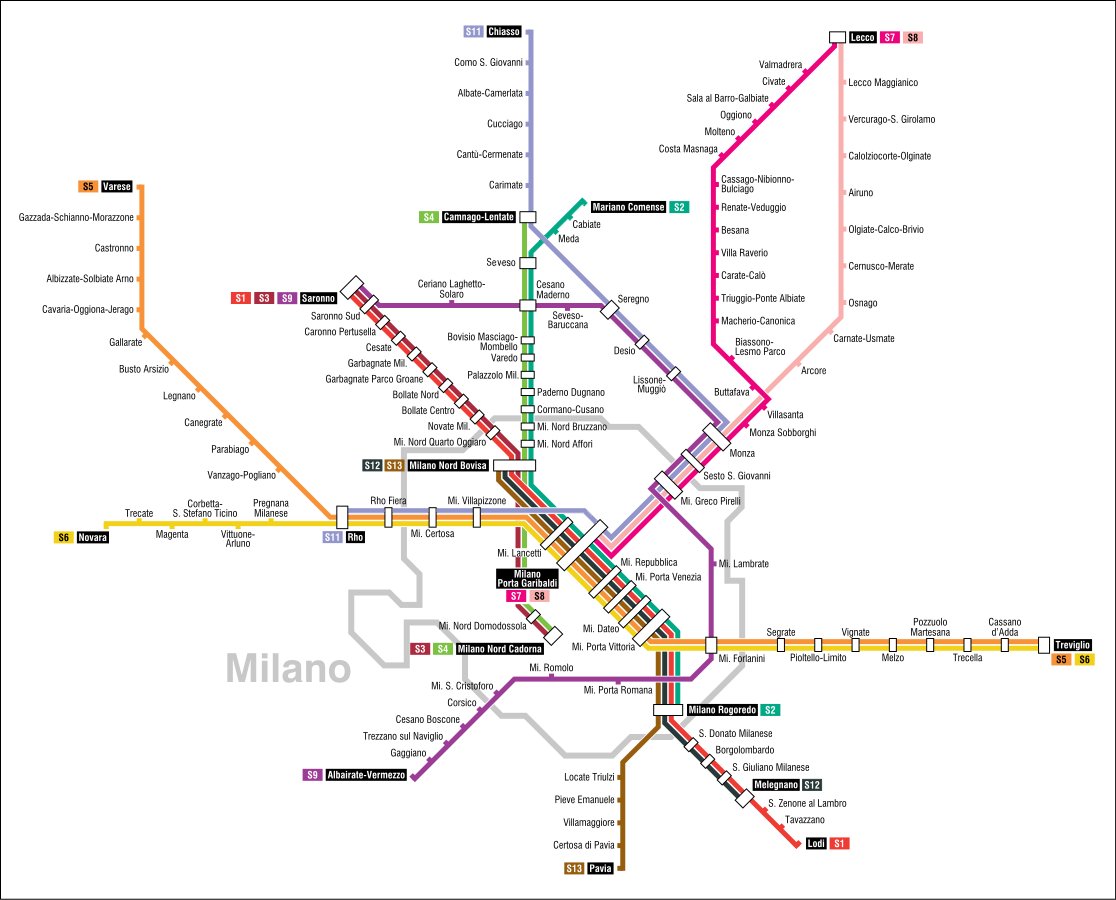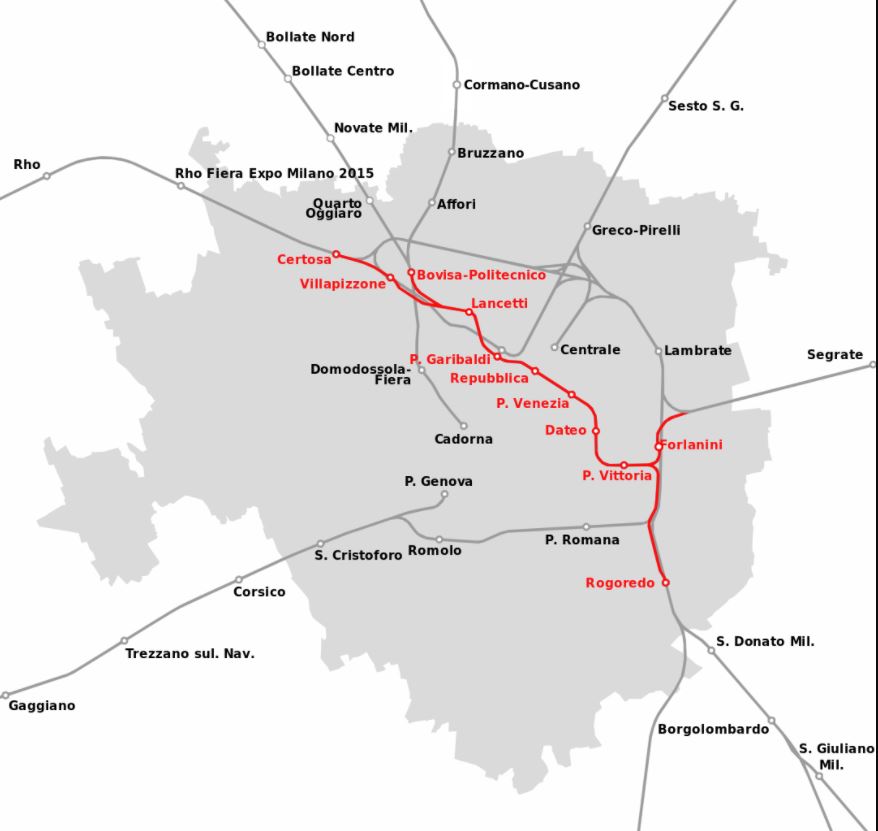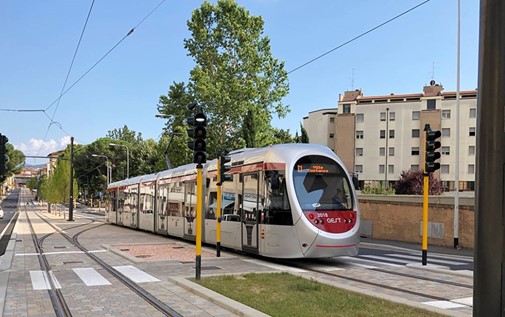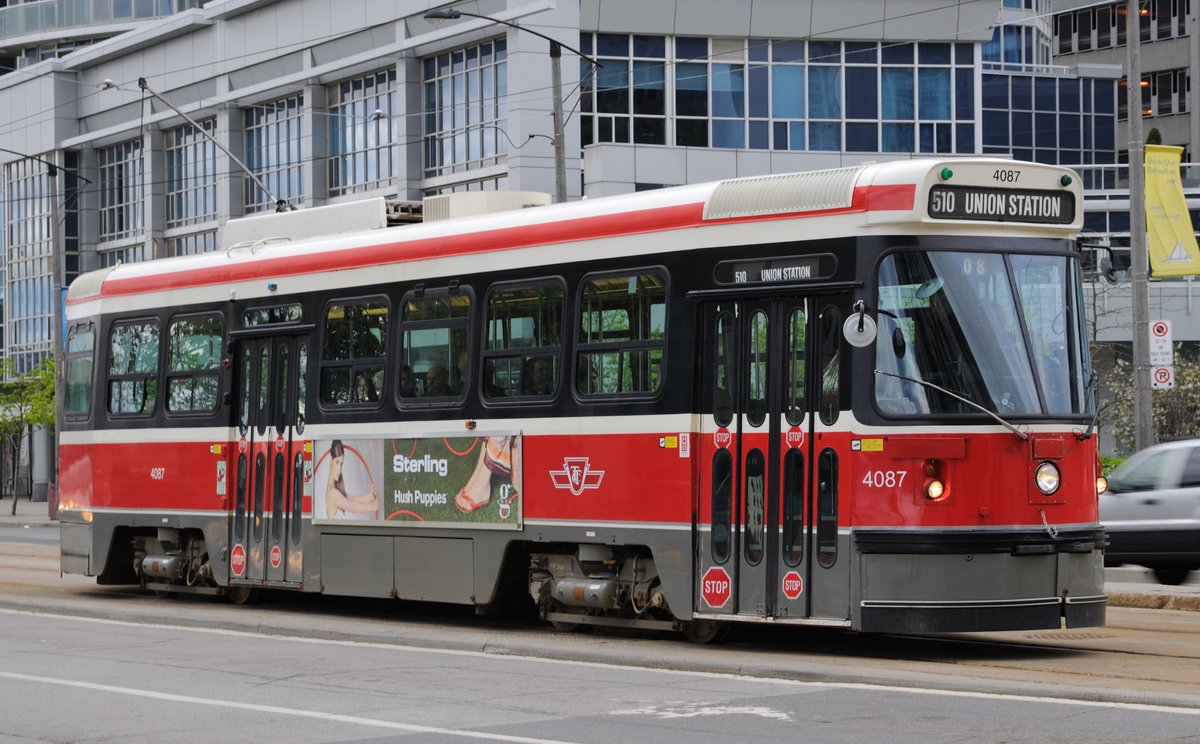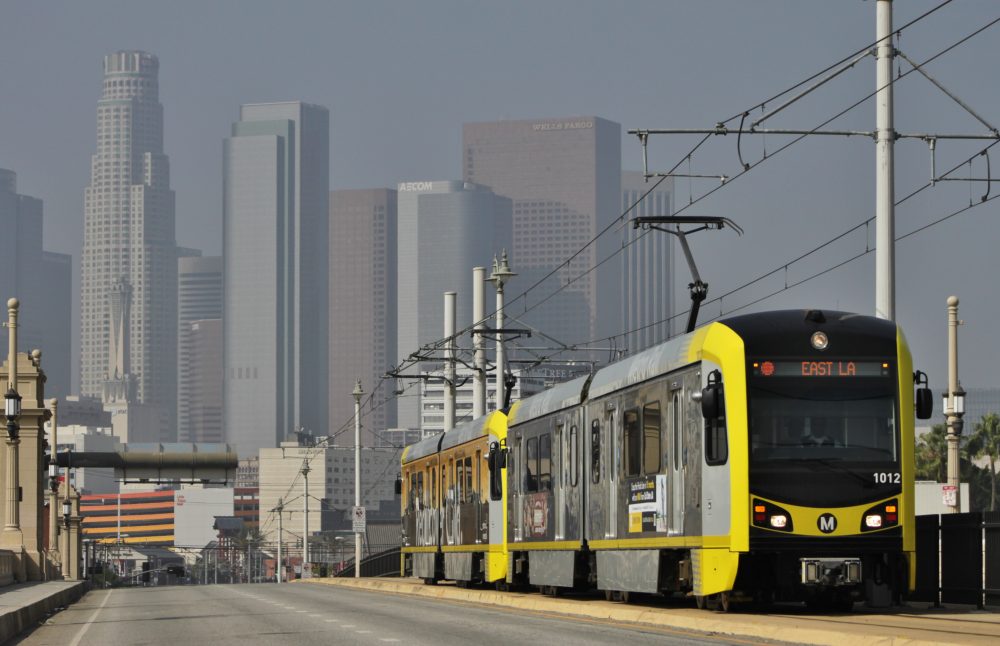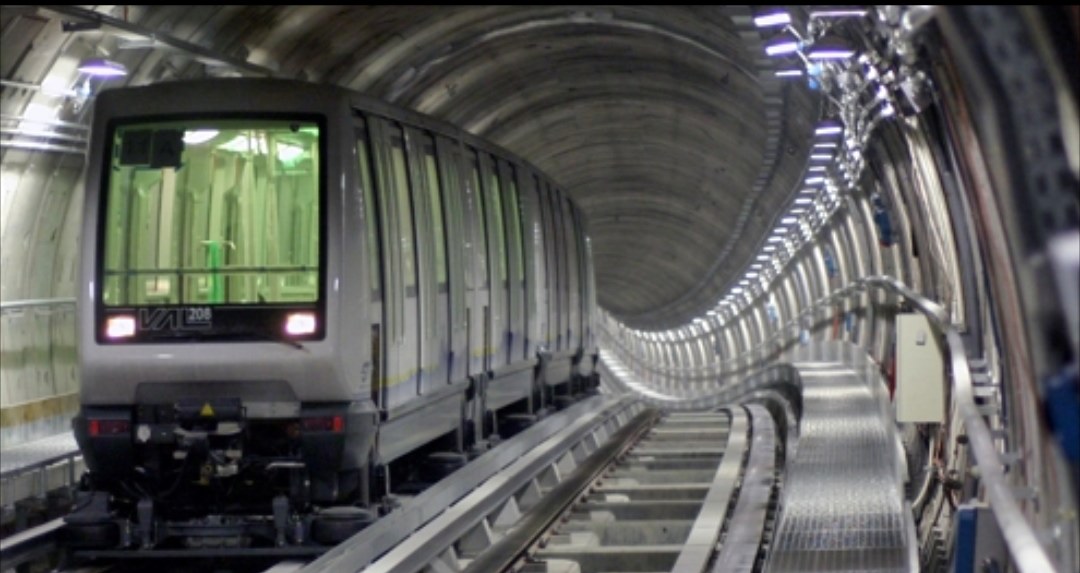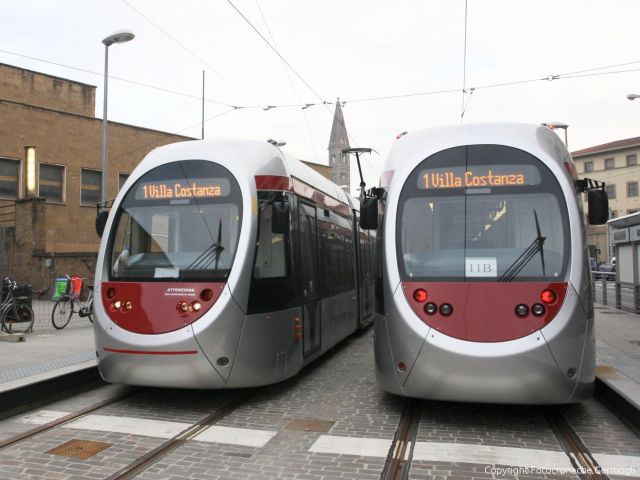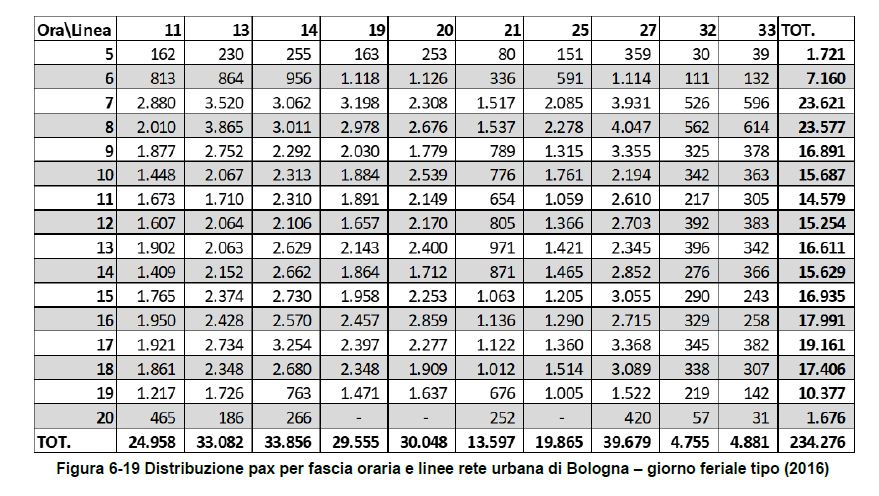
1/ Here we are: the third episode of the holiday limited series : "RAIL TRANSIT TERMINOLOGY"
Today, I will focus on two typologies that are separated by a century but are somehow related: "INTERURBAN TRAMWAYS" and "TRAM-TRAIN", or when the streetcar discover the countryside.

Today, I will focus on two typologies that are separated by a century but are somehow related: "INTERURBAN TRAMWAYS" and "TRAM-TRAIN", or when the streetcar discover the countryside.

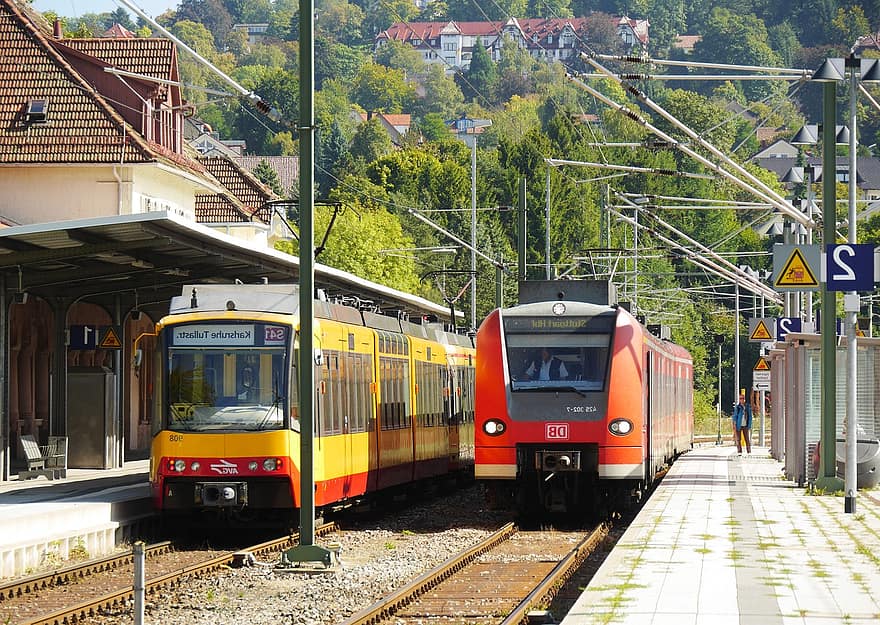
2/ Disclaimer: "interurban" describes a wide family of street and off-street rail transit whose technical characteristics are blurred with proper mainline rail. Interurbans are effectively a family of rail transit solutions ranging from out-of-town tramway to "cheap" local rail
3/ The era of interurbans started in the 1880s, first as steam (or even horse) powered local railways with extensive street-running sections. Yet, the real golden-age, as for urban tramways, begun with the electric traction, spurring the 1885-1915 30-year global interurbans' boom 

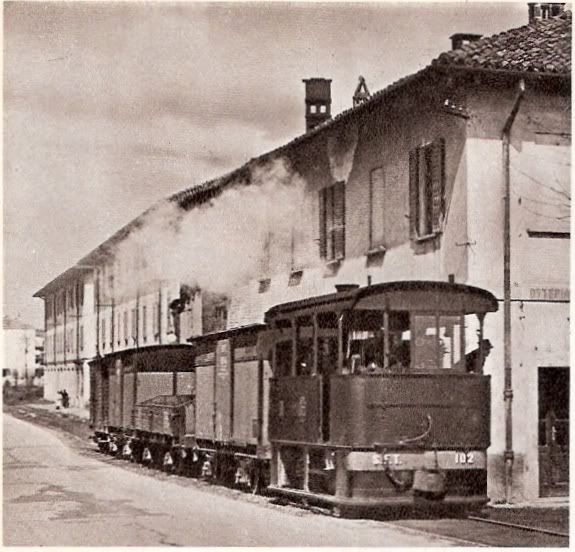
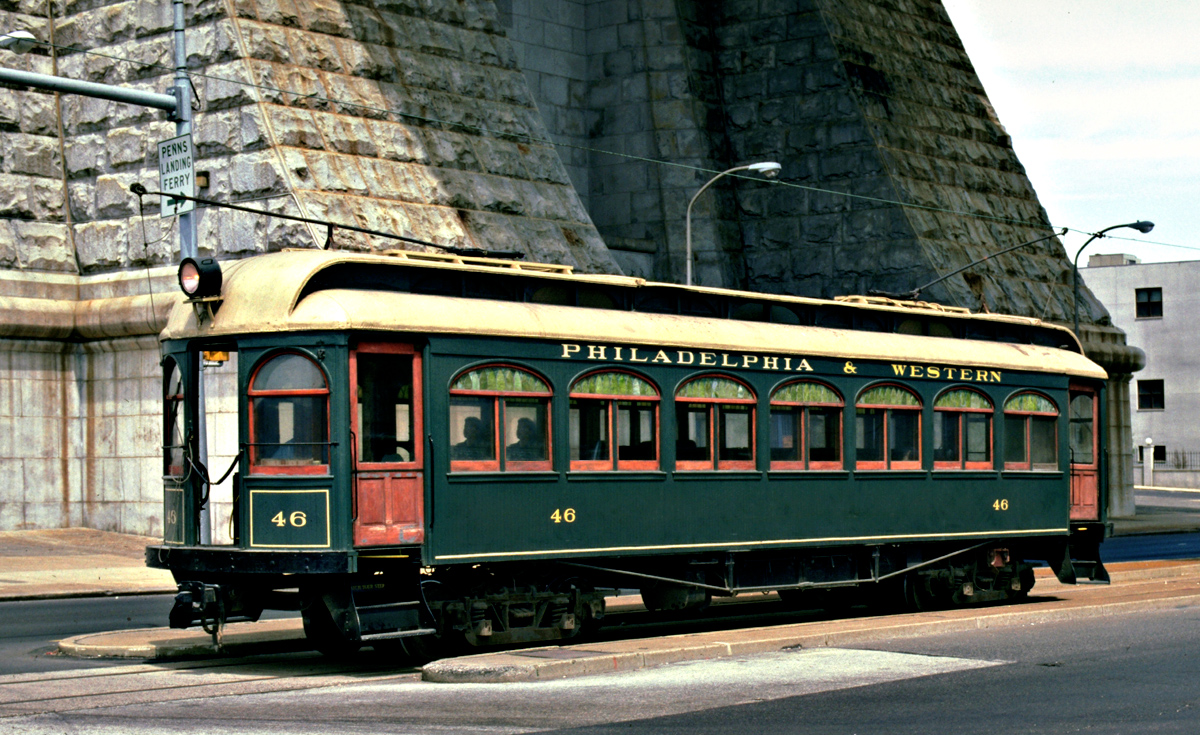
4/ Their scope was to provide intercity "proximity service" either by filling the gaps of the mainline service around and between cities with lower demand, or even paralleling rail lines with a denser, closely spaced service, while mainline was used mostly for long distance trips 

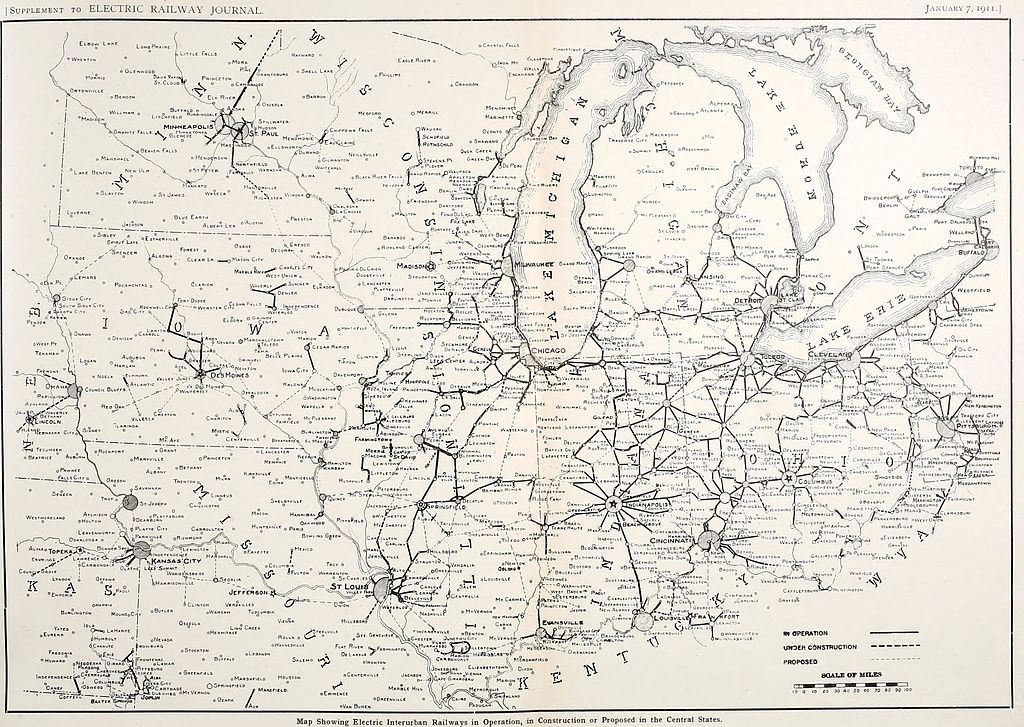
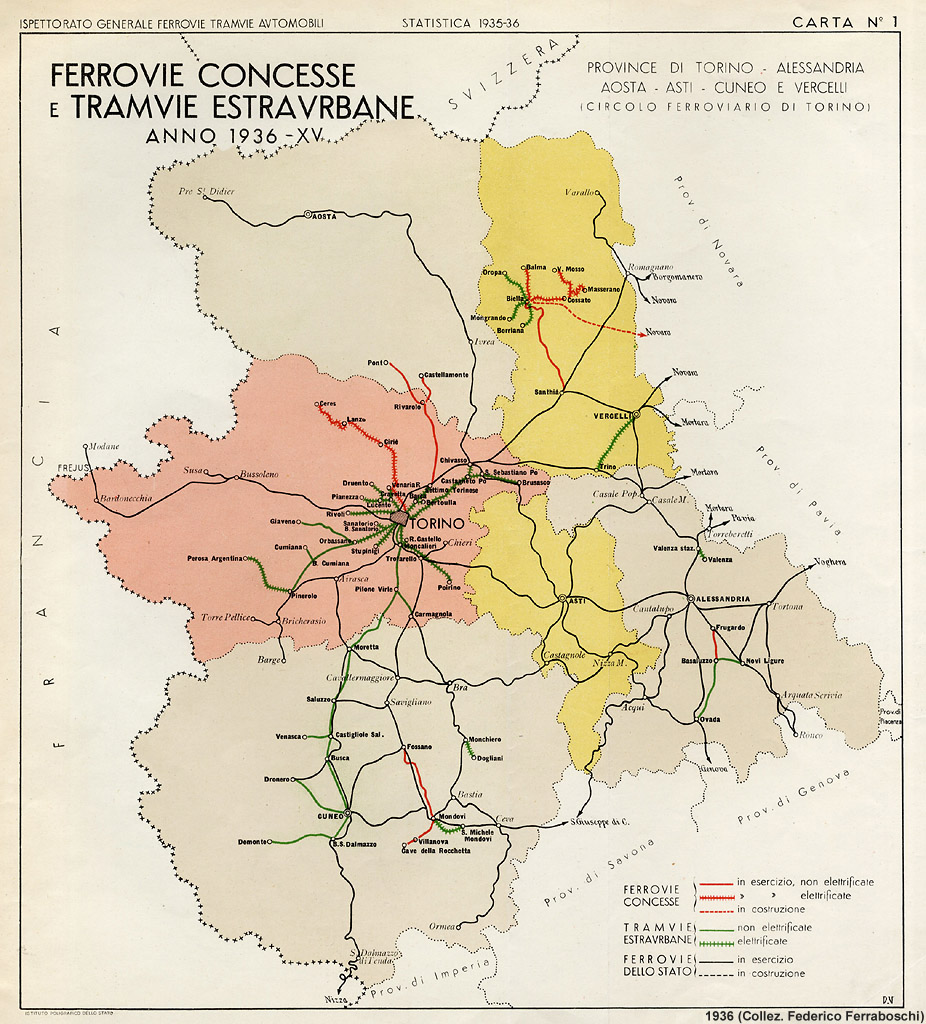
5/The relative cheapness in terms of capital cost and operations, with tracks laid just along or directly on top of highways RoW, made interurbans an easy, but sometimes not very well planned and built, investment and a prime driver of foreign investment in capital-poor countries 
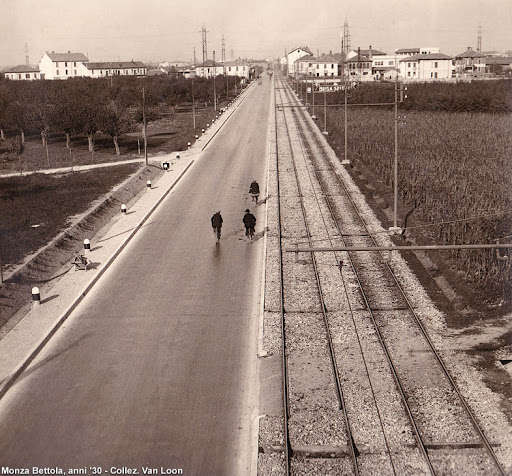
6/Even in terms of rolling stock, interurbans used sometimes "light" rail stock with electric and steam locos with wagons (also freight, a non negligible part of interurban business), tramway-like, or even suburban train-like, self-propelled cars in simple or long compositions 



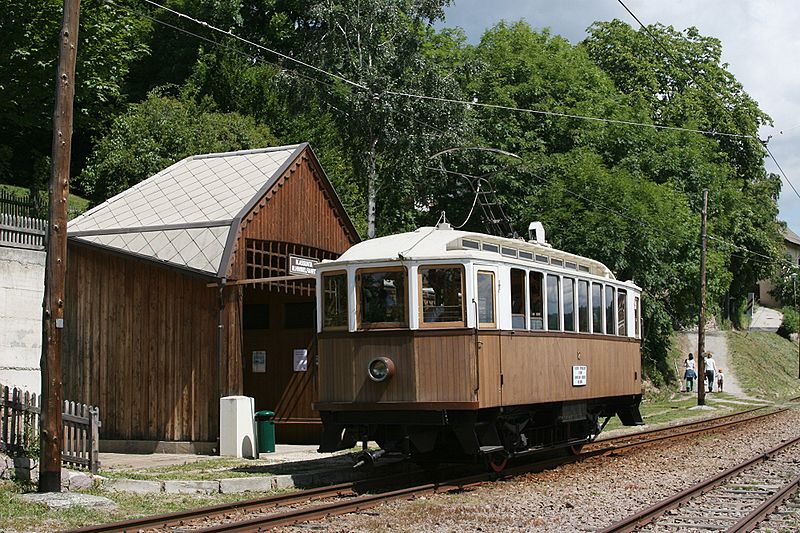
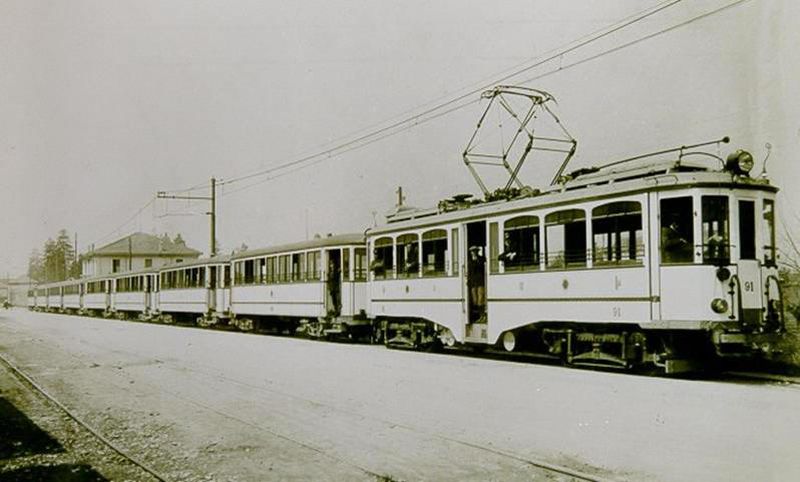

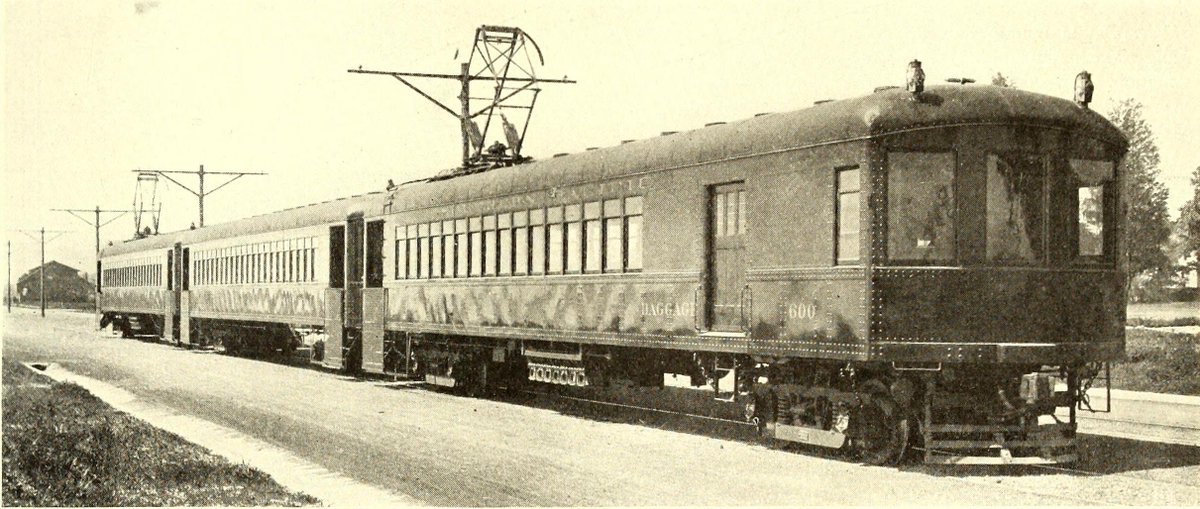
7/ In urban context, they operated like normal tramways/streetcars or, more rarely, had proper urban rail station-like terminals. Some lines with higher demand evolved over time to fully segregated proper suburban electric railways, local short rail lines or even subways 


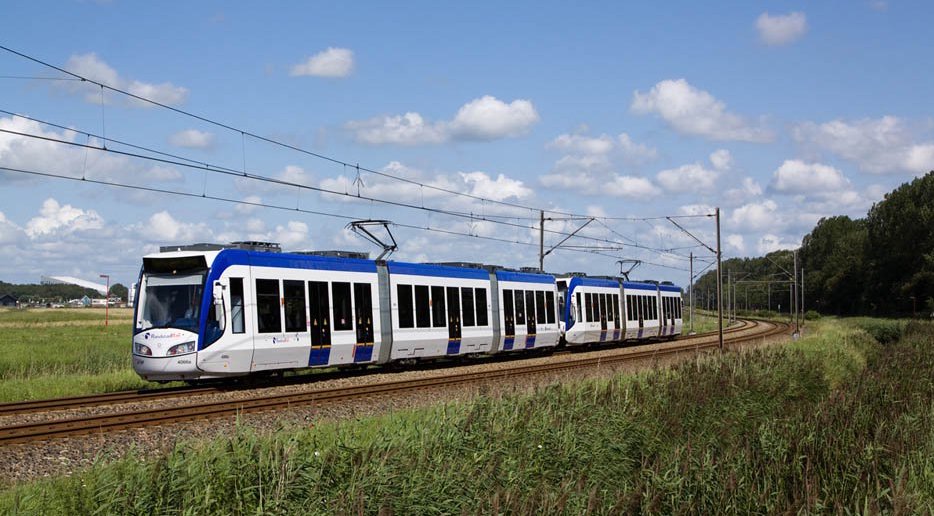
7/ As urban tramways, interurbans were the victims of the growing popularity of the automobile, road widening (lacking their own RoW) and technological obsolescence. Decline started already during the 1920s, but most lines closed in the 1950-60s worldwide. stagniweb.it/Mappe/krono_lo…
8/ Some of them survived though, for chance or thanks to the fights of foresighted local politicians and communities. Many countries boast some examples of these survivors of another era, now regarded either as relics of the past or blueprints for an alternative future 



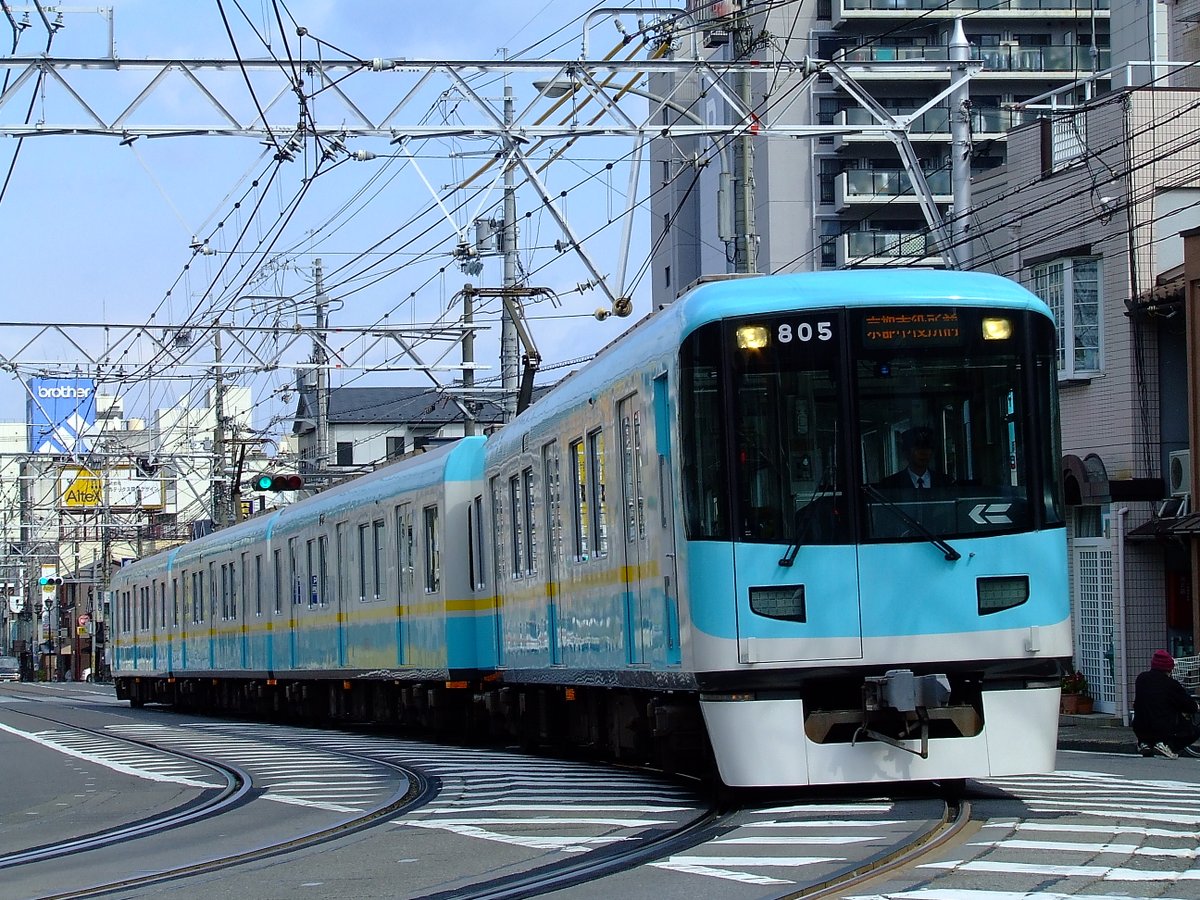
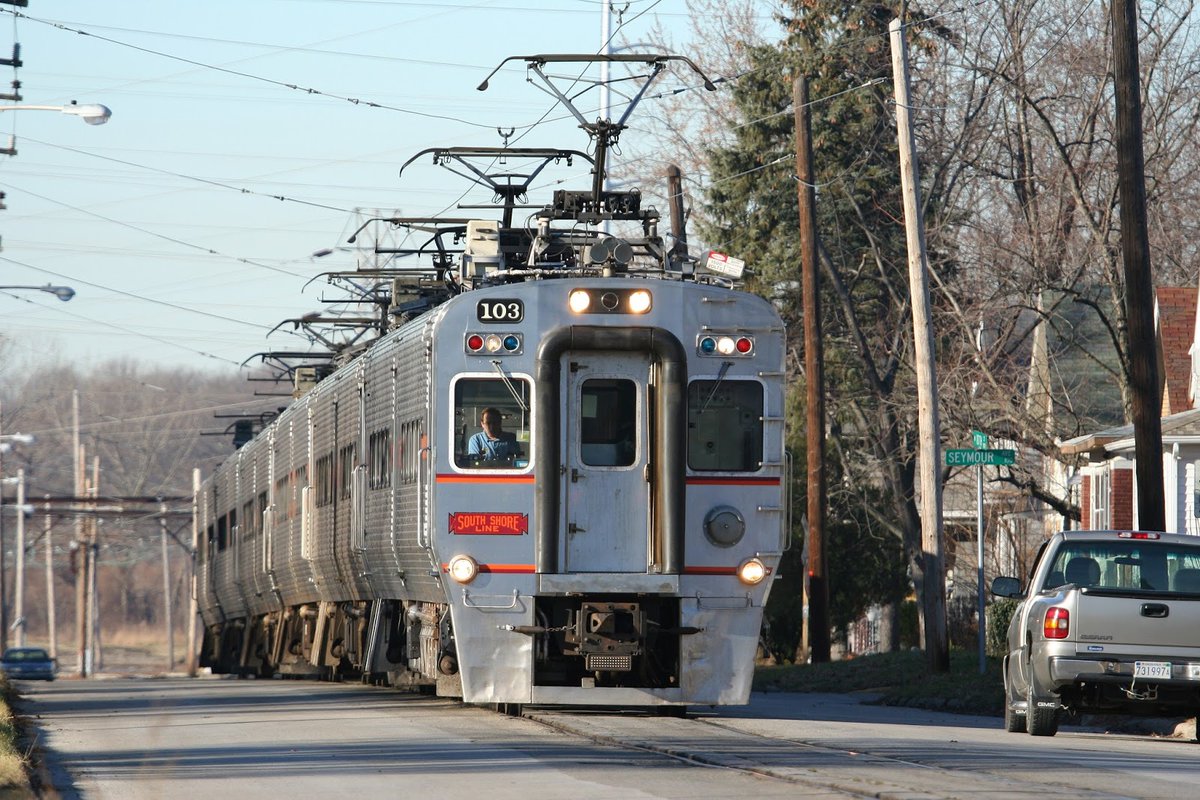
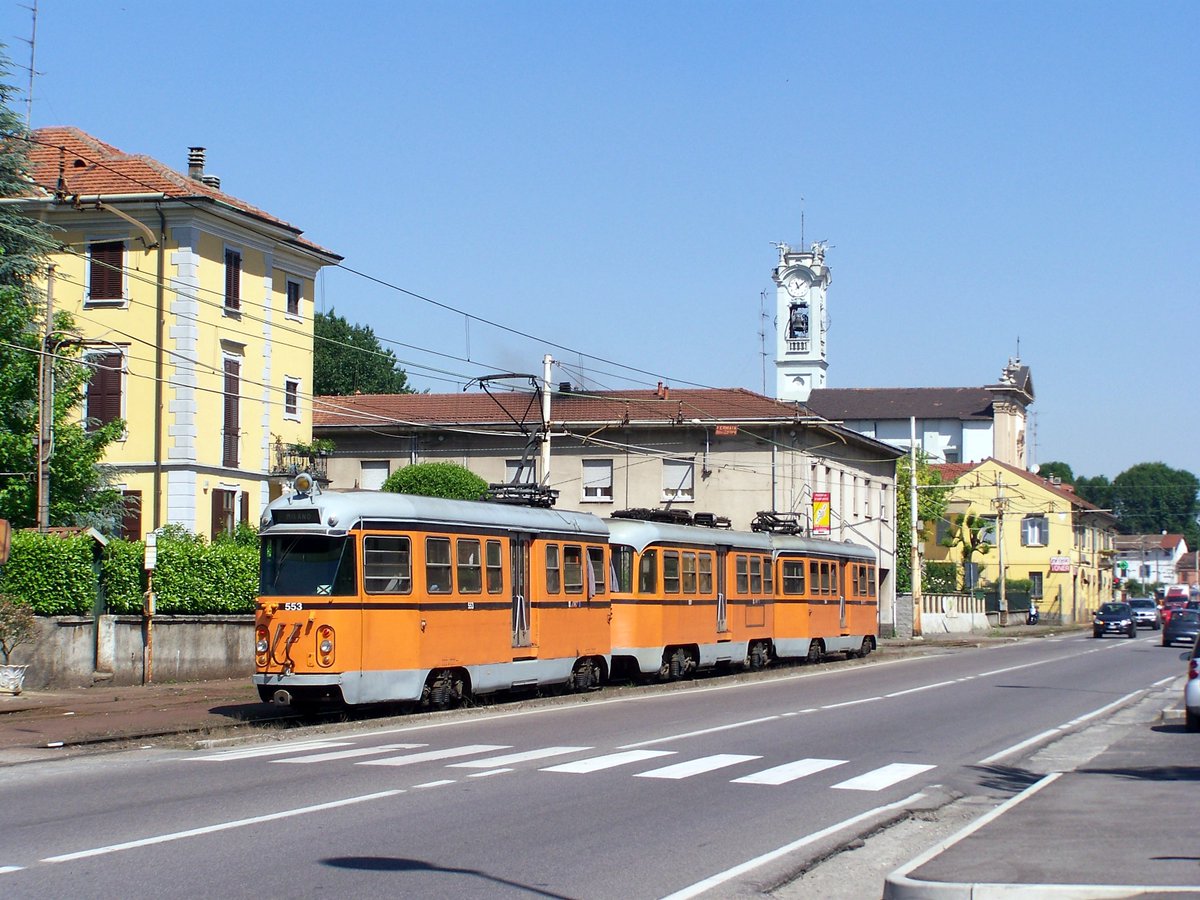
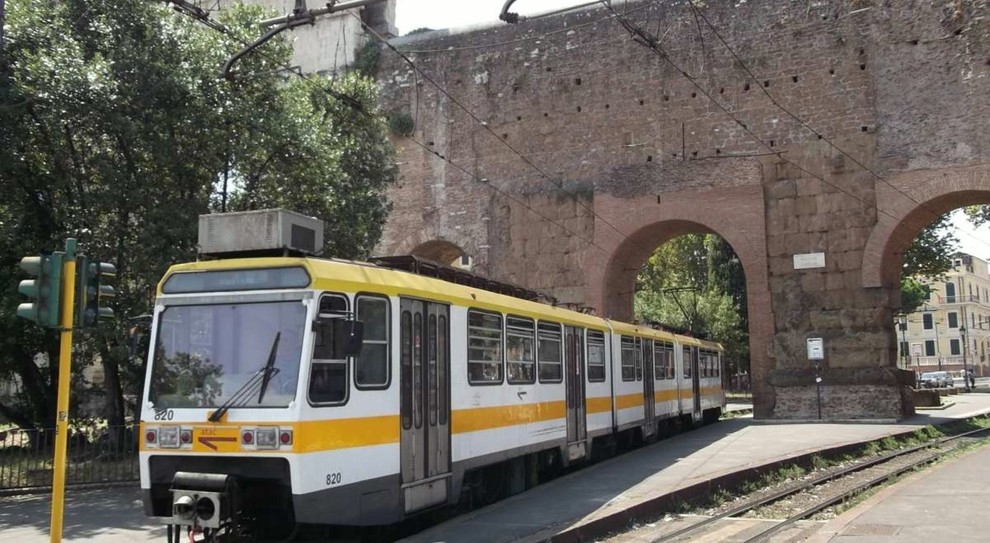
9/ Somehow, they are making a comeback: the modern "TRAM-TRAIN", both in its "proper" and "improper" version, is a way to bring back the flexibility, the relative cheapness and more dense service of interurbans, as a well-suited tech for medium-to-low-demand proximity lines
10/ In its simpler version, tram-train is being advocated as a way to provide rail service cheaply on local lines, using tramway-like rolling stock, thus reducing operating and maintenance cost, primarily as a way to bring back or maintain service on low-demand rail lines.
11/ The "Tram-train de l'Ouest Lyonnais" and Paris T4 are typical example of abandoned local rail lines transformed into modern "interurbans", leveraging the advantage of "light" tram infrastructure and operation. 
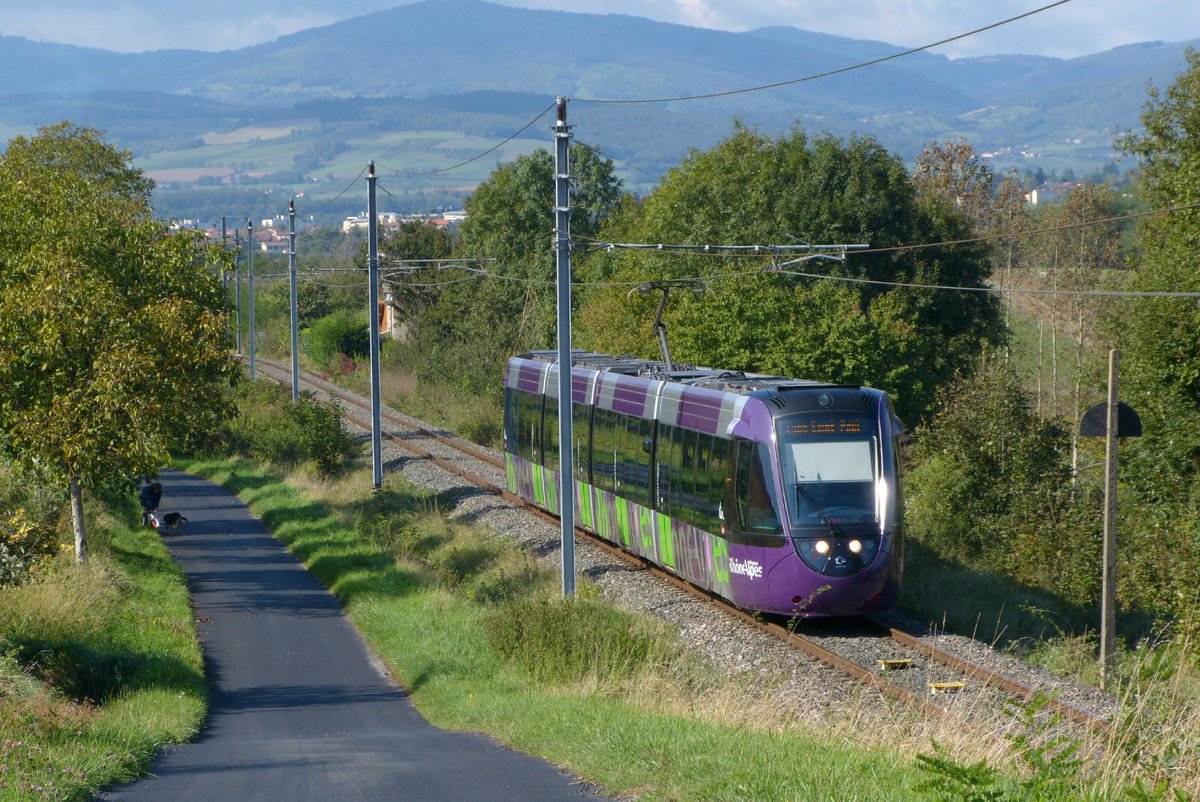
11/ The Tram-train of the "Karlsruhe model" is, on the other hand, a way to provide an "updated", more sophisticated version of the old interurbans, blending urban, inter-urban and mainline rail service in an almost seamless way. 


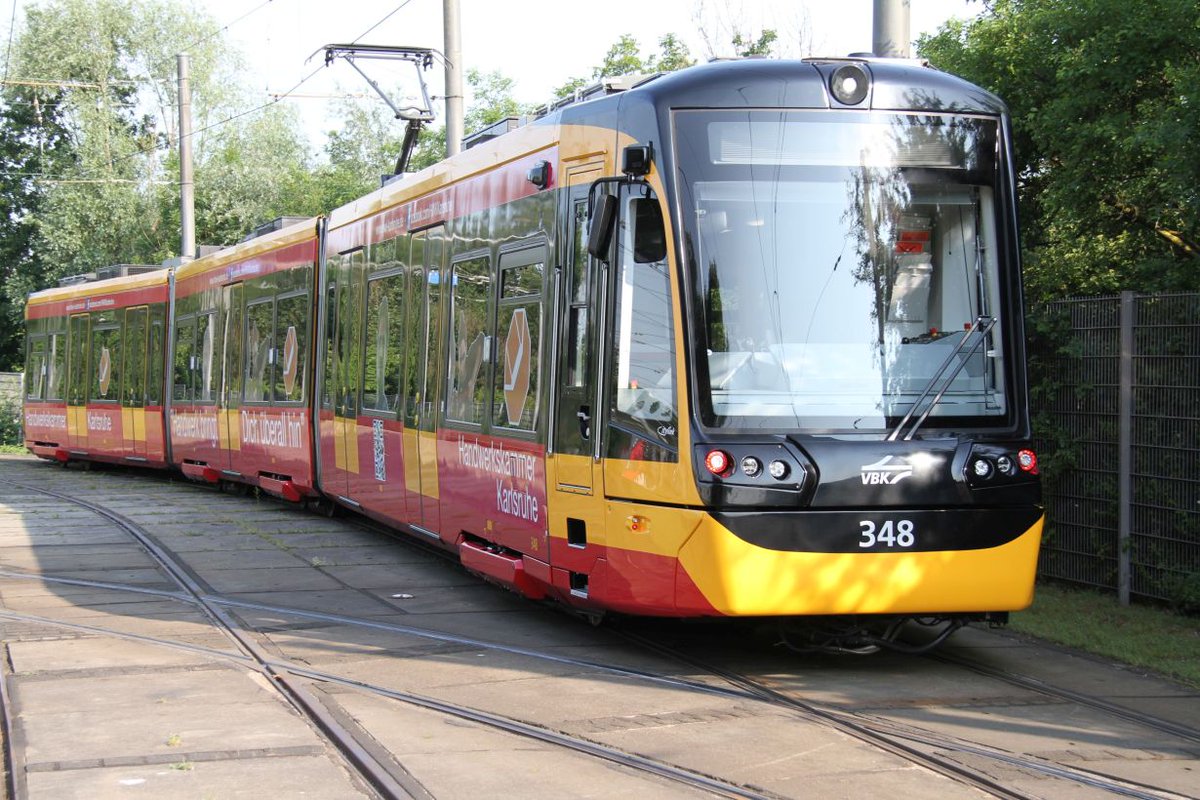

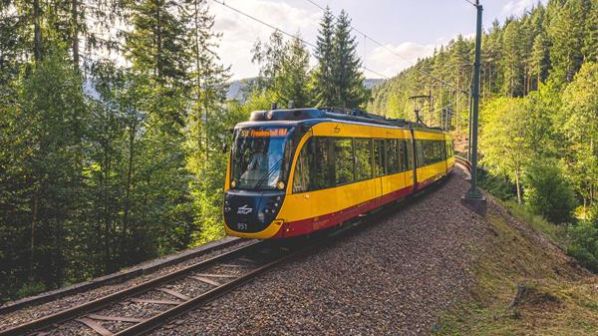
12/ The strength of the Karlsruhe model is the capacity to provide a successful blueprint for polycentric small agglomerations, as it leverages existing rail infrastructure to maximize the benefit of both tramway (proximity and coverage) and train (speed and regularity) service
13/ Using tramway-like rolling stock adapted to longer distance, the service work as on-street tramway in the urban core and on some satellite towns' core, while running on dedicated tracks or on ones shared with mainline passenger and freight service on outer routes 
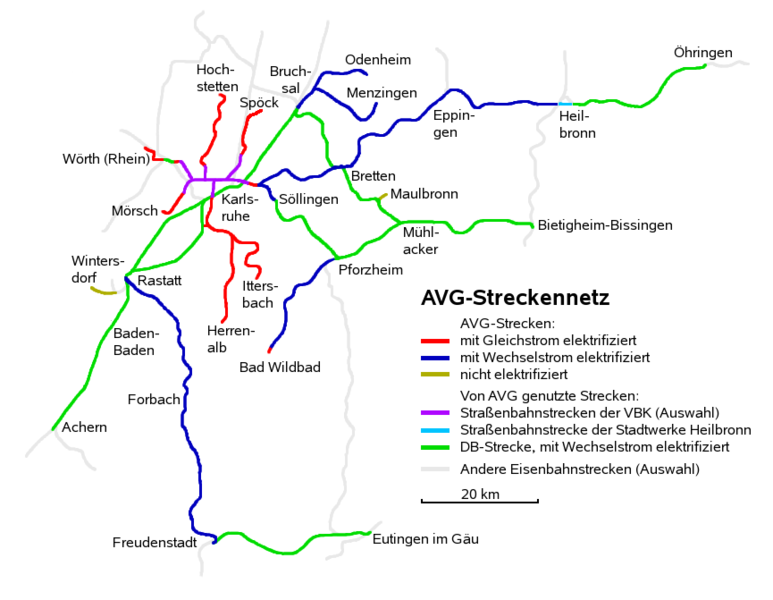
14/Thanks to its capacity to balance b/w maximum coverage and fast service, the Karlsruhe-style tram-train is really a modernized version of interurbans, but tailored to the needs of Germany's polycentric urban structure.
15/ Unfortunately, the Karlsruhe model is more talked about within transit circles than really practiced elsewhere out of Germany. There are a few, minor examples in France (notably Mulhouse) and many proposals with little political support. 
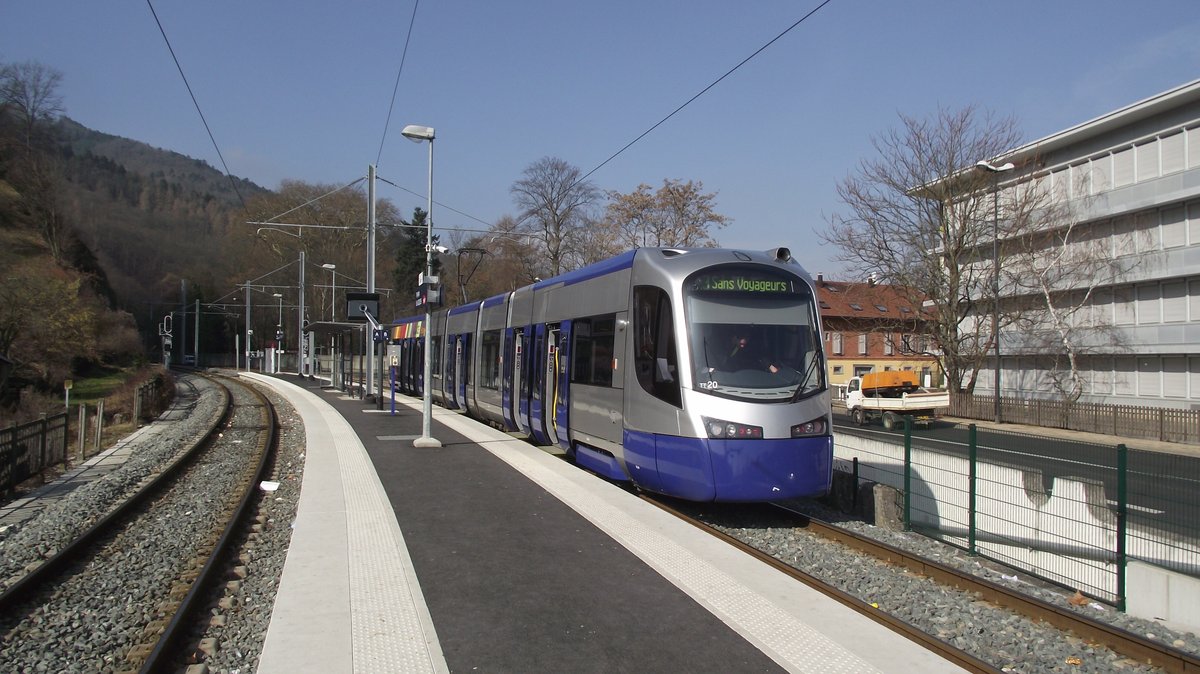
16/A rigid regulatory framework often prevents mixed tramway and mainline service in many countries out of various safety concerns. Also, the loss of most of the old alignement to road widening make it impossible to bring back the interurban service with little capital investment
17/ Yet, this interest demonstrates that there is a real demand for a cost-effective, pragmatic way to bring back rail service on medium-demand regions, made of closely-knitted towns and villages, like the US N-E, N-Italy, the Netherland, Belgium, N-France, Scotland etc.
18/ And this is the previous episode, about proper urban streetcar/tramway
https://twitter.com/ChittiMarco/status/1344320097494716419?s=20
A little addendum:
- a series of maps with the interurban and local railways in Italy by region in 1935:
stagniweb.it/foto6.asp?Tipo…
- a complete one in 1955, showing mainline, private local (concesse) and interurbans just before the first wave of closures:
stagniweb.it/mappe/fer955.j…
- a series of maps with the interurban and local railways in Italy by region in 1935:
stagniweb.it/foto6.asp?Tipo…
- a complete one in 1955, showing mainline, private local (concesse) and interurbans just before the first wave of closures:
stagniweb.it/mappe/fer955.j…
• • •
Missing some Tweet in this thread? You can try to
force a refresh

